Dry stone walls look beautiful in the gardens and also attract life
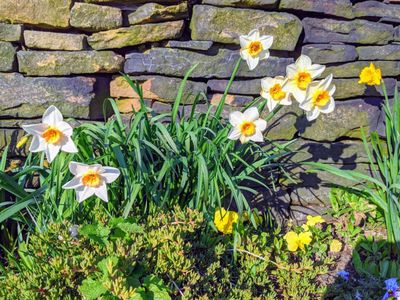
Dry stone walls are called dry due to the method of construction as they are built of stones stacked on top of each other without any hydrating binder. That is, no mortar, concrete or glue. On the contrary, they are often only bound with clay, and plants that are suitable for such a habitat are then planted in the joints. At other times, stones are placed on top of each other only, creating gaps that attract lots of animals (insects, lizards, frogs, reptiles, …).
Geometry, diligence or carelessness
Arranging the stones in layers can be careful, they are sometimes even hewed to fit together better. When we create a rampart rather than a wall, it can also be arbitrary. And it also has its charm in the garden. Some people just like the wilderness, others like geometry, and most importantly it depends on what is actually suitable for the surrounding architecture, material composition and methods of implementation. Of course, it is ideal to choose such stones that are typical of a particular locality.
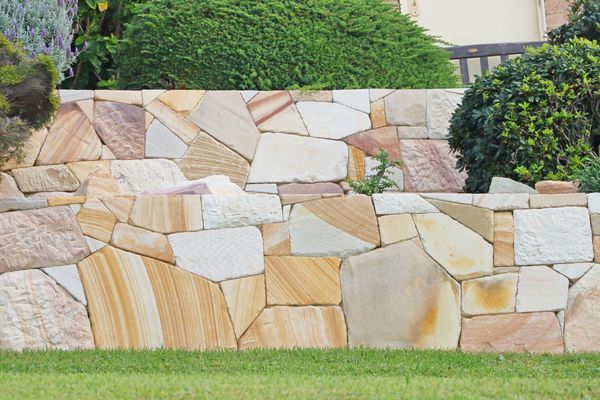

Choose stones that resist erosion
Stones that are well resistant to erosion are suitable for the construction of dry-stone walls (but also for wet masonry). These include e.g. granite, slate, sandstone, phonolite and limestone. And what an incredible use of dry walls! They can act as supporting walls in the garden, arrange a sloping garden in terraces, they can bear alpines and other plants that grow from the interstices, but they can also act as a carrier of pots with plants and other decorations, which other types of fences do not allow.
It is only necessary to pay attention to the choice of material of pots, they should be as heavy as possible and rather wider and lower, never high, so that together with the soil, plants and irrigation they can cope with a strong wind and have enough stability thanks to weight. In addition, heavy ceramic and earthenware pots can maintain moisture longer and lower substrate temperature on hot days.
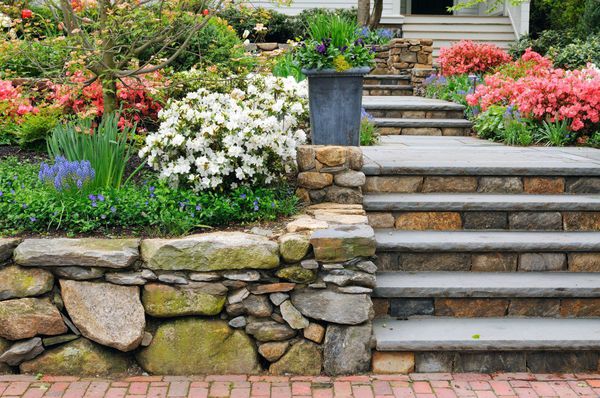
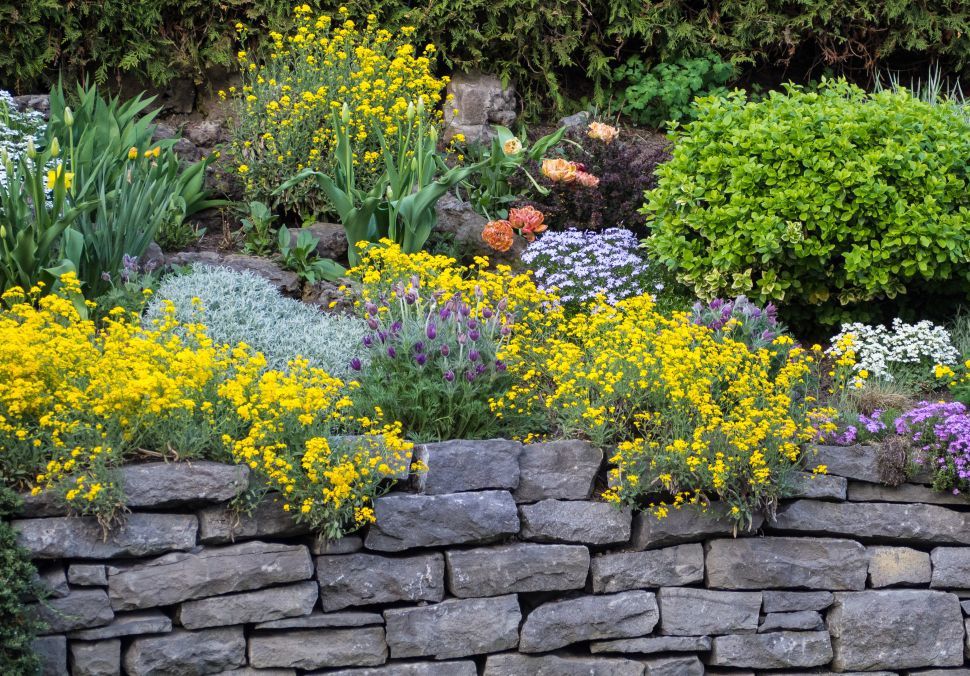
Lay stones like bricks
In order for the dry wall to have the greatest possible stability, it is necessary to lay the stones as if they were ordinary bricks. However, experienced and imaginative designers can also put incredible pieces together. It is ideal to improve their stability using filling of clay-sand soil (it can also be mixed with peat, compost, etc.), but it depends on the shape of stones. When using sufficiently flat stones with sufficiently straight edges, we do not even have to use the clay filling.
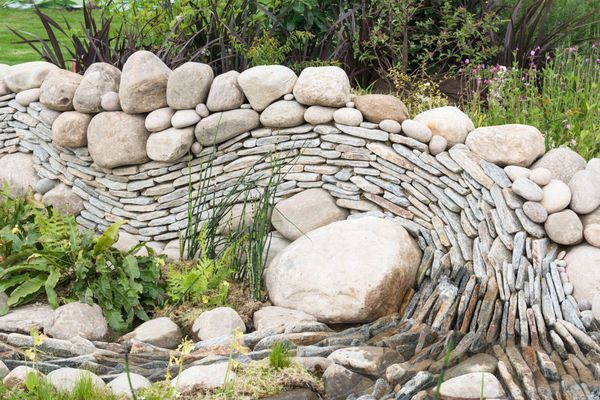

It is essential to prepare the base, but do not concrete!
It is important to create a stable base, because the wall “dropping” into the soil can deviate in an undesirable direction and eventually collapse. Remove the soil under the future wall to a depth of at least 30 cm, compact the substrate and pour gravel. We get not only a stable base, but also drainage. Concreting the foundation is neither necessary nor desirable.


And since the pressure of the wall affects not only the base, but also the sides, it is necessary to use the largest stones on the sides of the wall. The bottom layer of the wall should be made of the largest stones which can gradually decrease upwards. For the bottom layer, we choose rather large and long stones. Only at the very top we can put low and completely flat stones with edges as straight as possible so that we can comfortably set anything on them.
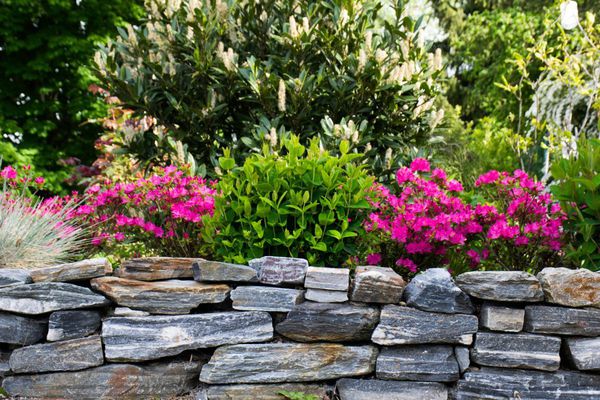

The front side of the wall should recede slightly backwards, while it is good to lay the individual stones slightly sloping. But again, depending on the skill of the designer it is possible to build a quality dry wall, which does not respect any rules mentioned above. However, slight sloping is practical, because in the rain the water flows into the interstices, so the plants are irrigated and the soil is not washed out at the same time.
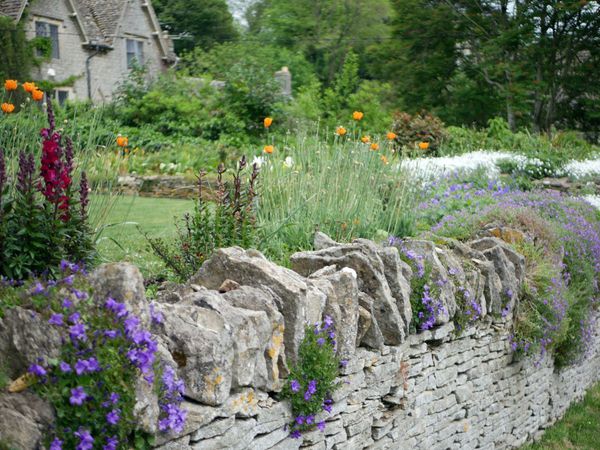
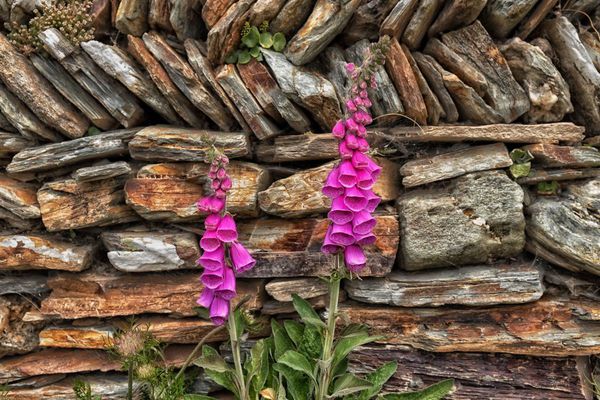
Source: www.ceskestavby.cz
